- What Earth’s Magnetic Field Has to Do With Climate History - October 7, 2025
- The Science Behind Heat Domes and Their Growing Impact - October 7, 2025
- What Ancient Lake Beds Teach Us About Past Rainfall Patterns - October 6, 2025
The Coffee Belt Under Threat

Coffee grows best in a narrow strip of land called the “coffee belt,” which wraps around the globe between the Tropics of Cancer and Capricorn. These regions, including parts of Brazil, Colombia, Ethiopia, and Vietnam, offer the perfect mix of altitude, rainfall, and temperature for coffee plants. But according to a 2023 report by the International Coffee Organization, rising temperatures and shifting rainfall patterns are making these areas less hospitable for coffee. Projections now suggest that by 2050, half of the world’s best coffee land could become unsuitable for production. This means entire regions may lose their ability to grow high-quality beans. Farmers in these areas are already seeing shorter harvests and more plant diseases. As a result, the future of your morning cup is looking more uncertain than ever.
Arabica Beans: The Delicate Darling in Danger
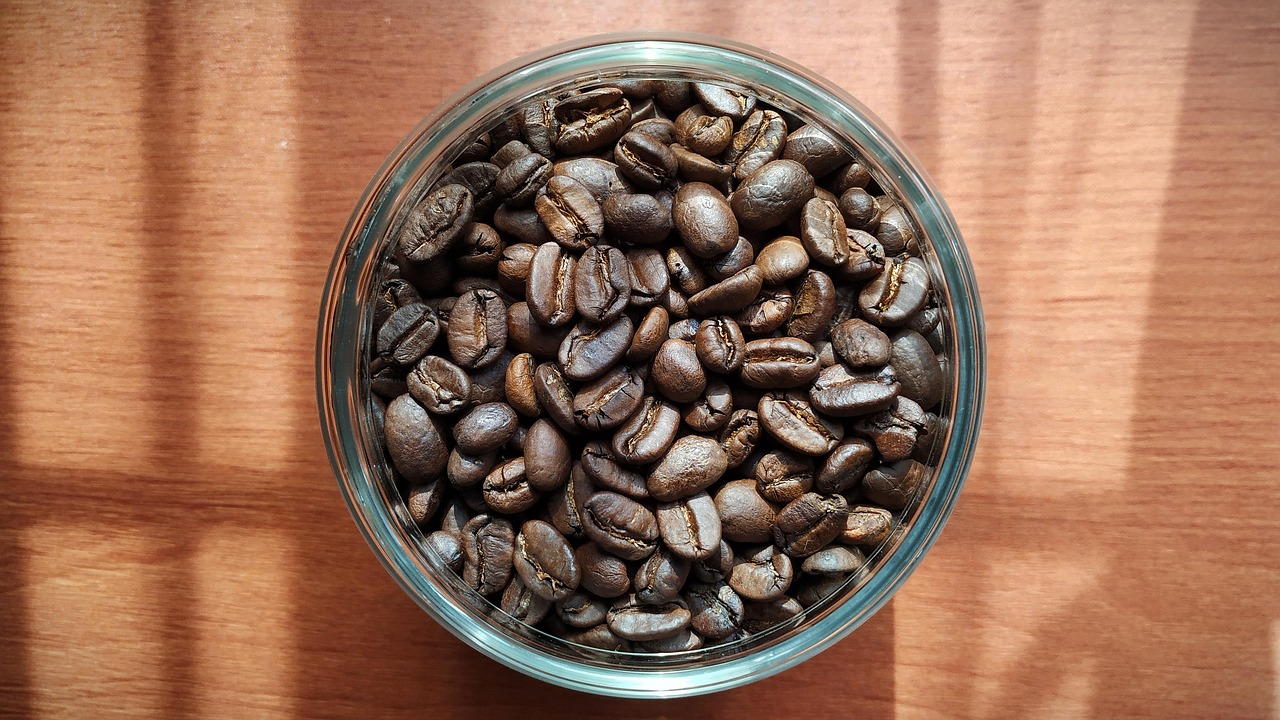
Arabica coffee accounts for nearly 60% of global coffee production and is prized for its smooth, complex flavors. However, it’s also incredibly sensitive to temperature changes and pests. The Intergovernmental Panel on Climate Change (IPCC) reported in 2024 that even a temperature increase of 1.5°C could slash Arabica yields by up to 40%. These beans need cool, stable climates; just a few degrees too warm, and the plants become stressed, leading to lower quality and yields. Ethiopia, the birthplace of Arabica, has already documented declining yields and shrinking growing zones. Coffee lovers might soon face a world where Arabica is rare and expensive, replaced by hardier but less flavorful varieties.
Robusta’s Rise: A Bitter Trade-Off
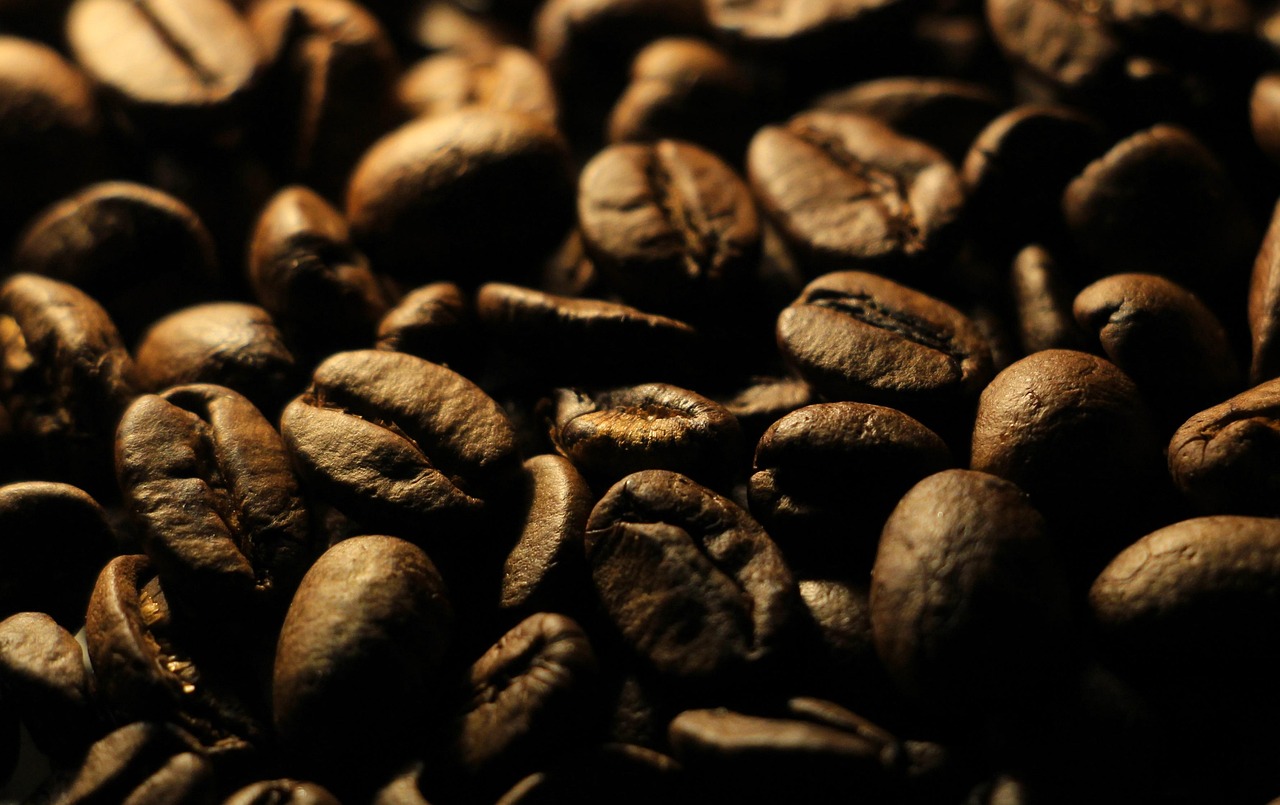
Robusta coffee is tougher and more resilient than Arabica, tolerating higher temperatures and more disease. As climate change bites, countries like Vietnam and parts of Africa are increasing Robusta production. The USDA reported in early 2025 that Robusta accounted for over 45% of the global coffee supply, a number that’s been creeping upward each year. While Robusta is easier to grow in hot climates, it comes with a catch: its taste is generally more bitter and less nuanced than Arabica. Cafés and roasters are already blending more Robusta into their beans to meet demand, and consumers may have to adjust to a stronger, less delicate cup.
Pests and Diseases on the March
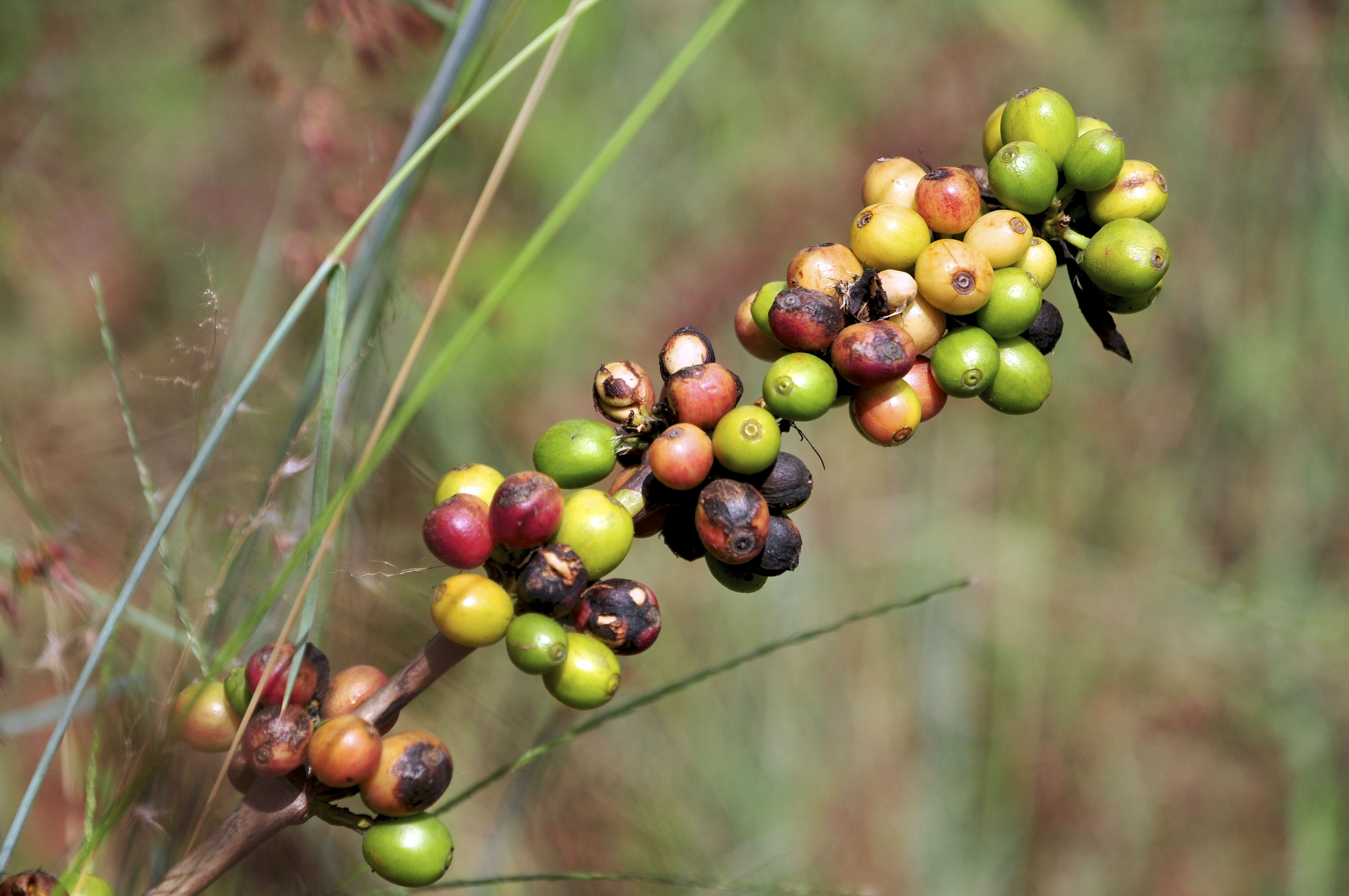
Warmer weather isn’t just uncomfortable for coffee plants; it’s a paradise for pests and diseases. The infamous coffee leaf rust fungus has devastated crops across Latin America since 2012, and its reach is expanding as temperatures rise. According to a 2024 update from the World Coffee Research organization, outbreaks in Central America cost the region over $1 billion in lost coffee between 2012 and 2022. New pests like the coffee berry borer are moving into higher elevations, previously too cold for them to survive. These infestations force farmers to spend more on chemicals or lose entire harvests, further threatening global supply.
Small Farmers on the Front Line
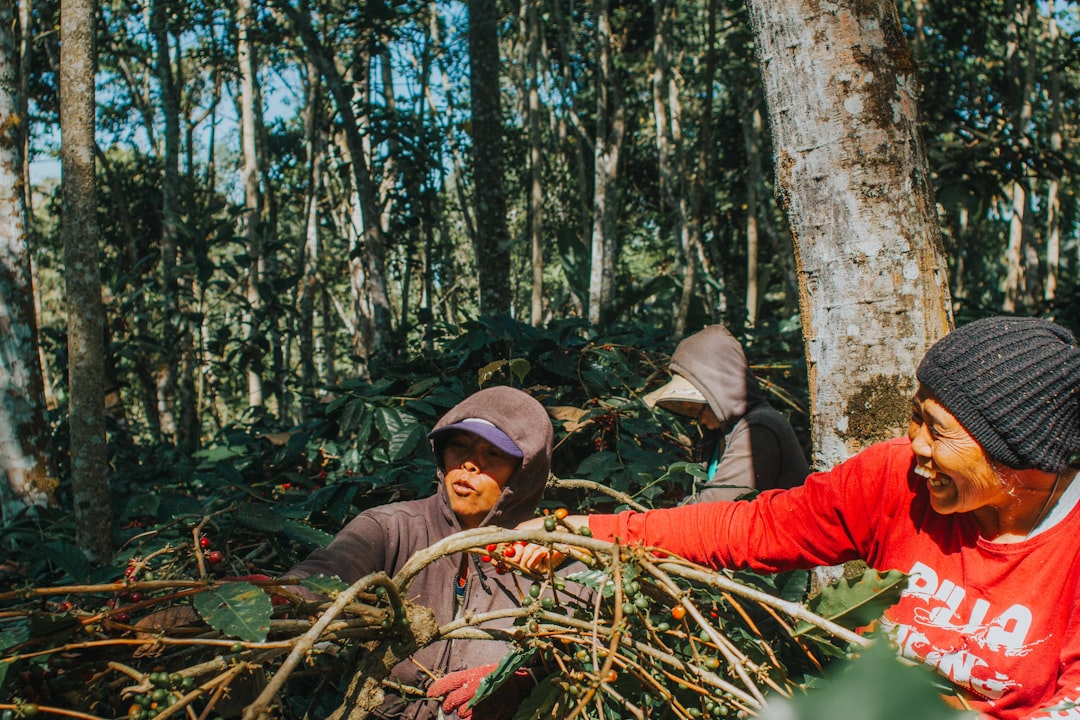
About 70% of the world’s coffee is grown by smallholder farmers, often on plots smaller than two hectares, according to World Bank data from 2024. These farmers have limited resources and face the double threat of climate change and volatile prices. Many are experimenting with shade trees, new irrigation methods, or drought-resistant coffee strains. However, these solutions require money and access to new technologies, which aren’t always available. As conditions worsen, some farmers are abandoning coffee altogether in favor of hardier crops, shrinking global supplies even further.
Innovations and New Hope
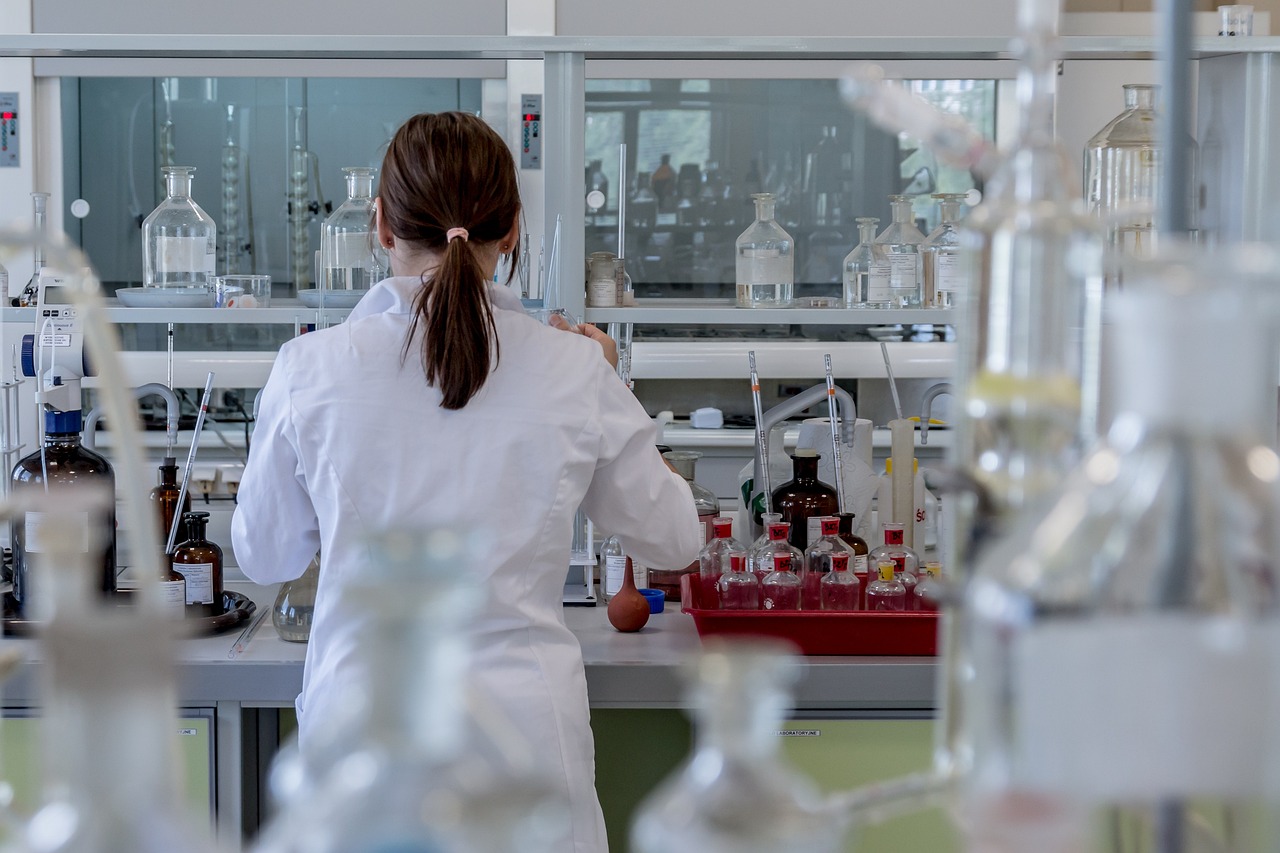
Despite the challenges, researchers and coffee companies are fighting back with science. In 2024, several labs successfully bred new Arabica hybrids that can tolerate higher temperatures and resist disease, reported in Nature Plants. There’s growing interest in rediscovering forgotten coffee species, like Coffea stenophylla, which can thrive in hotter conditions and was recently revived by scientists. These innovations could help secure the future of coffee, but widespread adoption takes time and funding. Still, there’s cautious optimism that technology might keep your morning ritual alive.
The Shifting Geography of Coffee
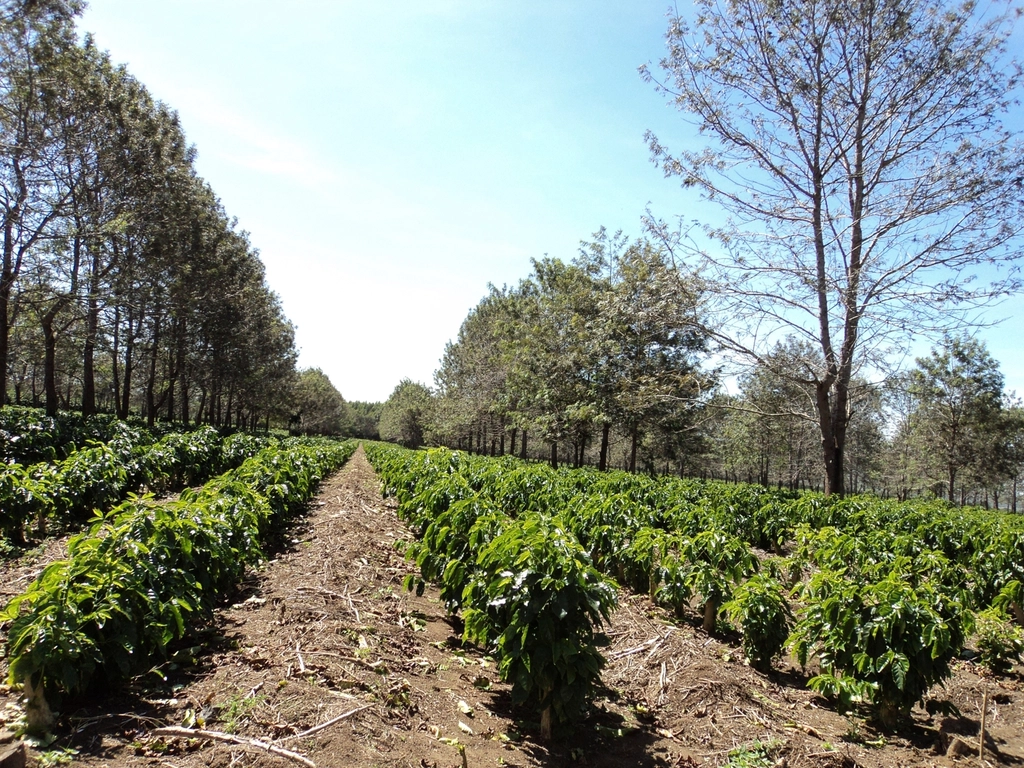
Climate change is pushing coffee farms to move uphill or further from the equator in search of cooler climates. Researchers at Kew Gardens in 2023 noted that some farmers in Colombia and Ethiopia are already planting at higher altitudes. However, there’s only so much land at the right elevation, and the move can disrupt local ecosystems and communities. New coffee regions are even emerging in places like China’s Yunnan province and parts of Australia. While this shifting landscape may help balance global supply, it also raises questions about the future of traditional coffee cultures.
Sustainability and Consumer Choices
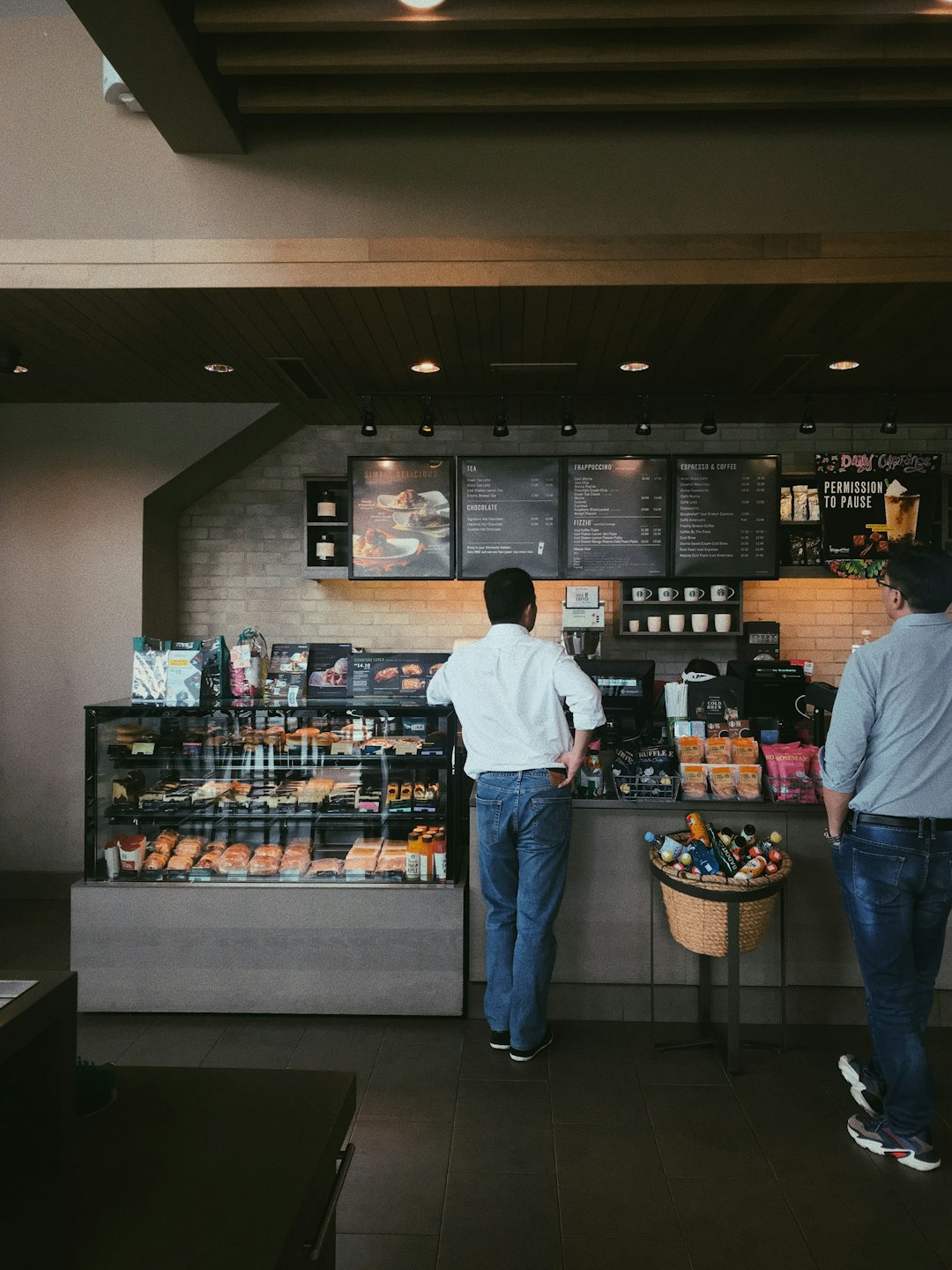
Consumers are playing a growing role in shaping the future of coffee by supporting certified sustainable brands. Programs like Fairtrade and Rainforest Alliance reported in 2024 that demand for climate-smart coffee grew by 20% over the past two years. These certifications help ensure that coffee is grown in ways that protect forests, conserve water, and support farmers facing climate pressures. However, certified coffees often cost more, and not all farmers can afford to participate. As awareness grows, consumers face tough choices between price and sustainability.
The Emotional Toll: More Than Just a Beverage
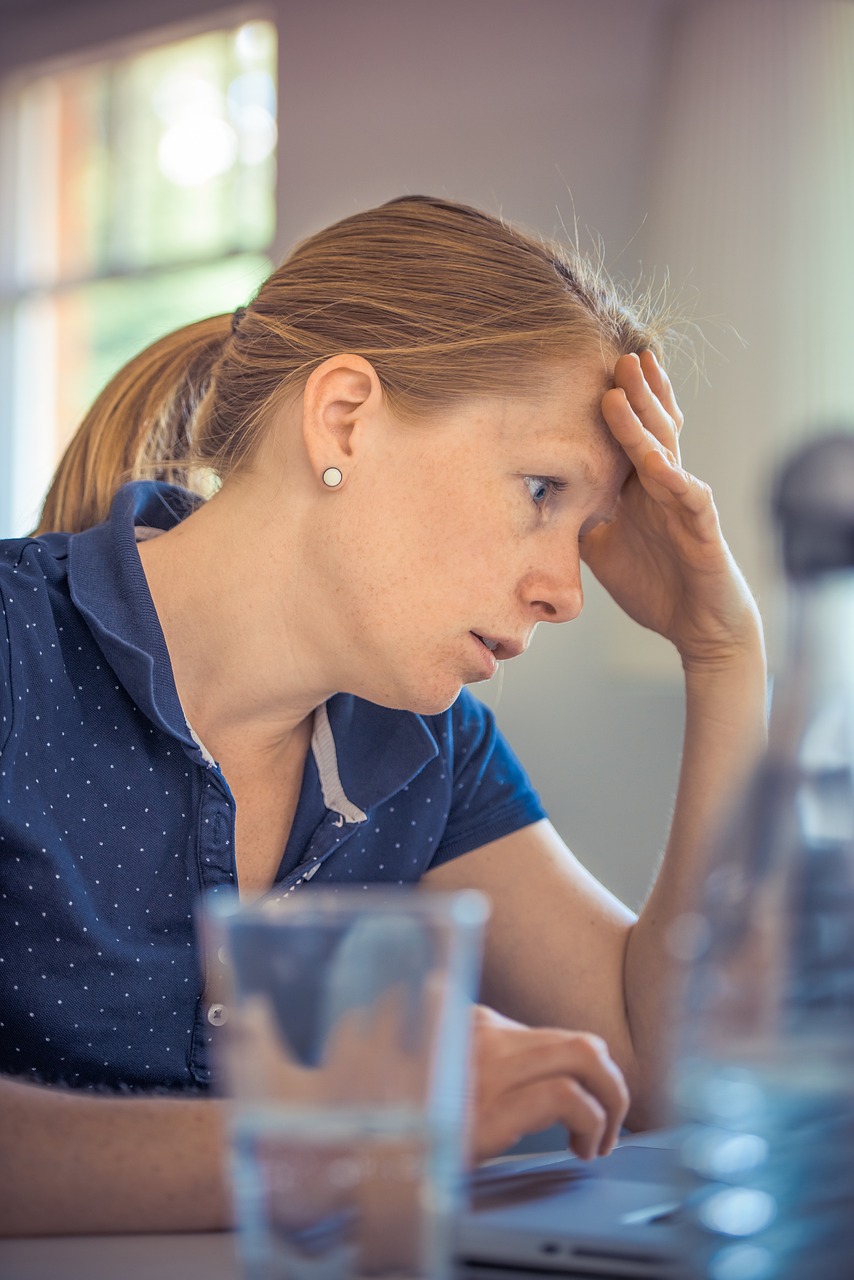
For millions, coffee is much more than a drink—it’s a morning ritual, a reason to gather, a source of comfort. Surveys by the National Coffee Association in 2025 found that over 60% of Americans say their day feels incomplete without coffee. News of climate threats to coffee sparks anxiety and even grief among dedicated drinkers. In coffee-growing countries, entire communities depend on coffee for their livelihoods and cultural identity. The potential loss or transformation of coffee culture is a deeply personal crisis, not just an agricultural one.
Coffee’s Uncertain Future
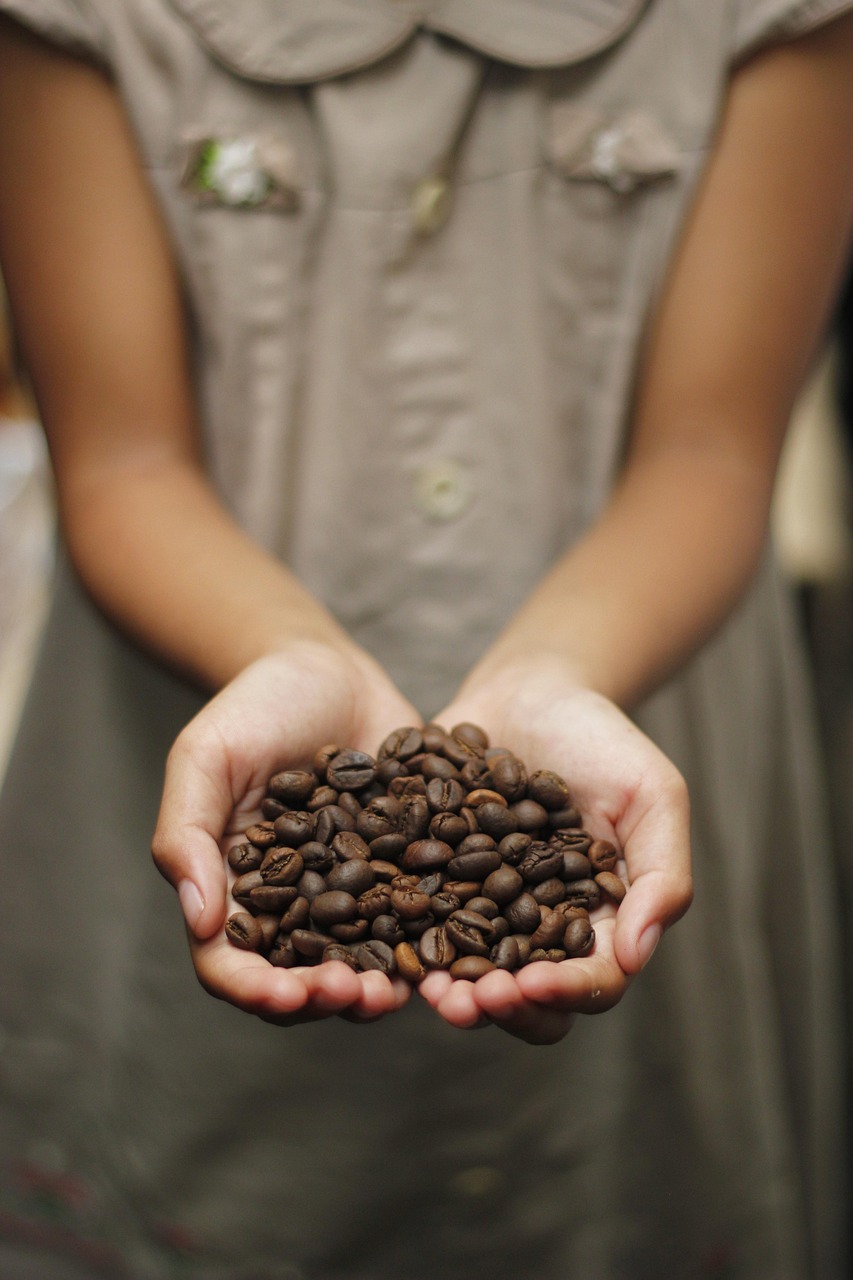
With climate change accelerating, the next decade will be crucial for the world’s coffee supply. Scientists, farmers, and companies are racing against the clock to adapt, but there are no guarantees. Coffee drinkers may need to embrace new flavors, higher prices, or even alternative morning rituals. The fate of your daily cup now rests on the global response to climate change, innovation in agriculture, and choices made by consumers around the world.
